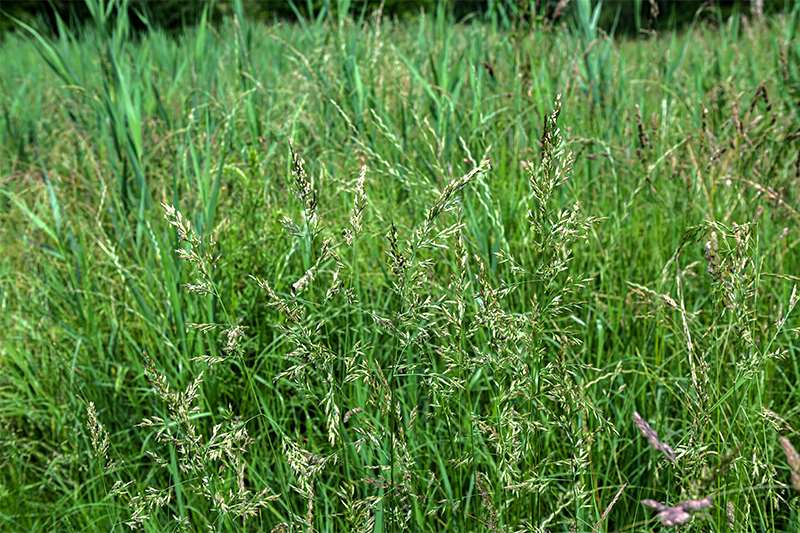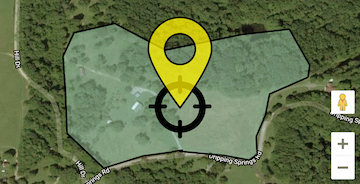Killing Fescue Effectively and Economically in Food Plots

By Kent Kammermeyer, Senior Wildlife Biologist
Our wildlife managers have been fighting fescue in deer food plots for years. Until recently, we have been gradually losing the battle by employing a system of plowing and planting shade producing crops that temporarily prevent fescue from re-invading. Encroachment from plot edges and small gaps in our shade crop (corn or grain sorghum) has always seemed to eventually thwart our efforts. A publication entitled "Handling the Fescue Problem" by Jeff Sole and Pat Keyser put us on the right track toward permanently getting rid of fescue in our deer food plots.
With all spraying, timing of spraying is critical. Fescue should be sprayed when it is actively growing (April to mid-May and/or September to mid-October) and is about 8-12" tall. You can also mow in May or August, wait 2-3 weeks for re-growth and spray. Dry spells that slow fescue growth should be avoided. Here is our formula for an effective kill of fescue:
2 quarts/acre of 41% glyphosate + surfactant 1 pt/acre additional non-ionic surfactant 2 pt/acre ammonium sulfate (Quest) Apply 25-40 gal/acre solution(25 is better).
Follow all label directions for mixing. We have tried mixing a blue die called Turf-Mark in the tank at a high rate (over a qt/acre) to mark our spray path and keep from missing streaks and over-spraying. It did not work; the color was barely detectable even upon close inspection. Wait l to 2 weeks and spray remaining green spots if needed, then plant. In spring, plant a tall food plant such as grain sorghum, corn, dove proso millet or sunflowers. A no-till drill works great for these. The object is to get a dense shade on top of any fescue seed that might germinate. In fall, you can drill oats or rye and clover mix across the dead fescue. In either case, burning of the dead mulch may be necessary before drilling to allow all drilled seed to contact bare soil.
Plowing the ground a minimum of 2 weeks after the chemical kill is an option but any plowing risks the potential to germinate more weed seeds including any remaining fescue seed. Then another application of glyphosate will be necessary or second choice, plow again. If fescue reinvades at all, it usually is in the form of isolated clumps that can be easily controlled with a backpack sprayer or an ATV mounted sprayer. Small scale mop-up applications may be needed for a year or two.
So far, our program has produced very good results for a reasonable price/acre (all chemicals combined cost us less than $25/acre). By the way, this formula works on a wide variety of weeds including most grasses and broadleaves. When dealing with bermudagrass, use 5 qts/acre glyphosate.




